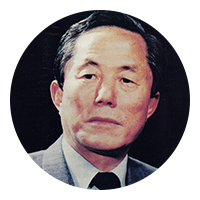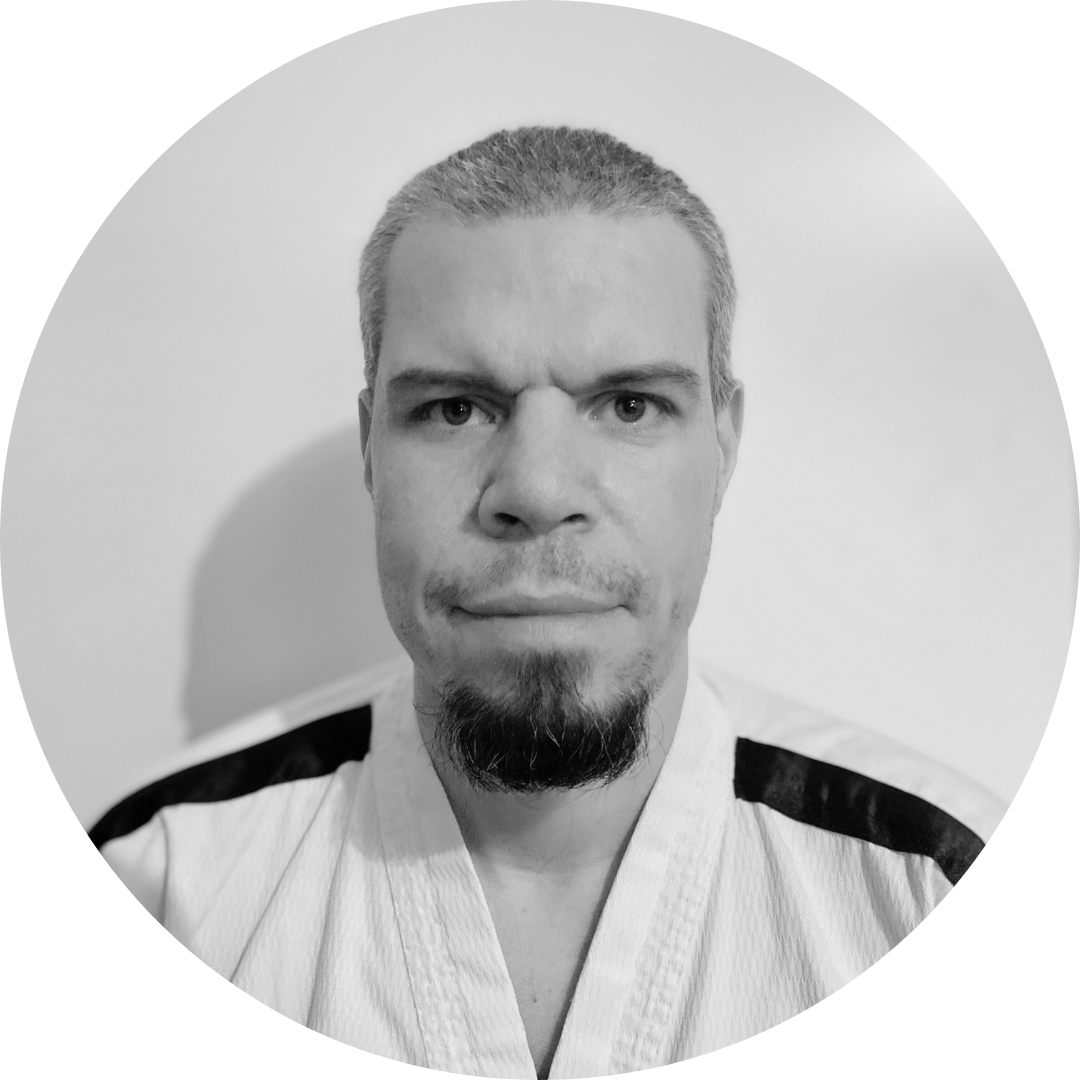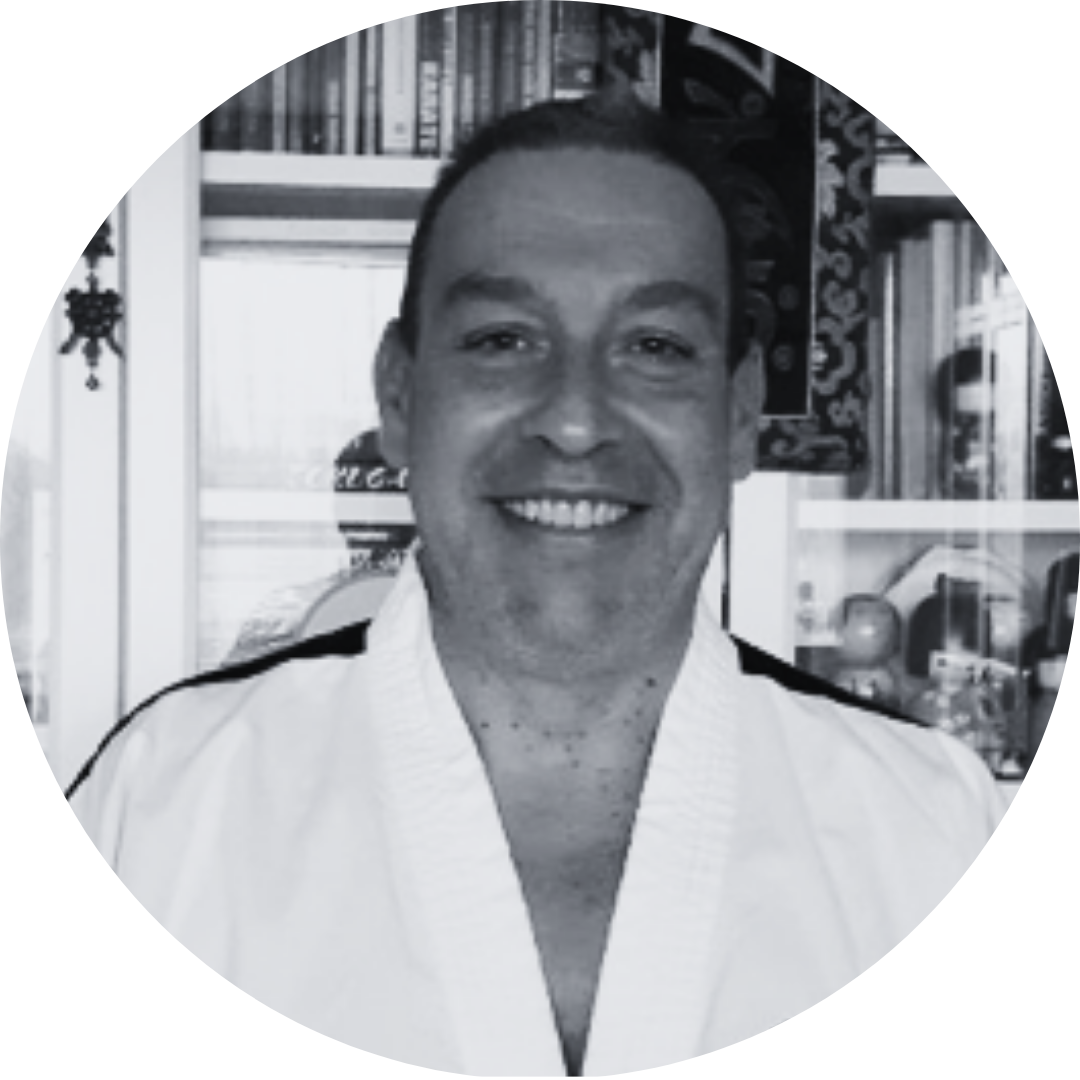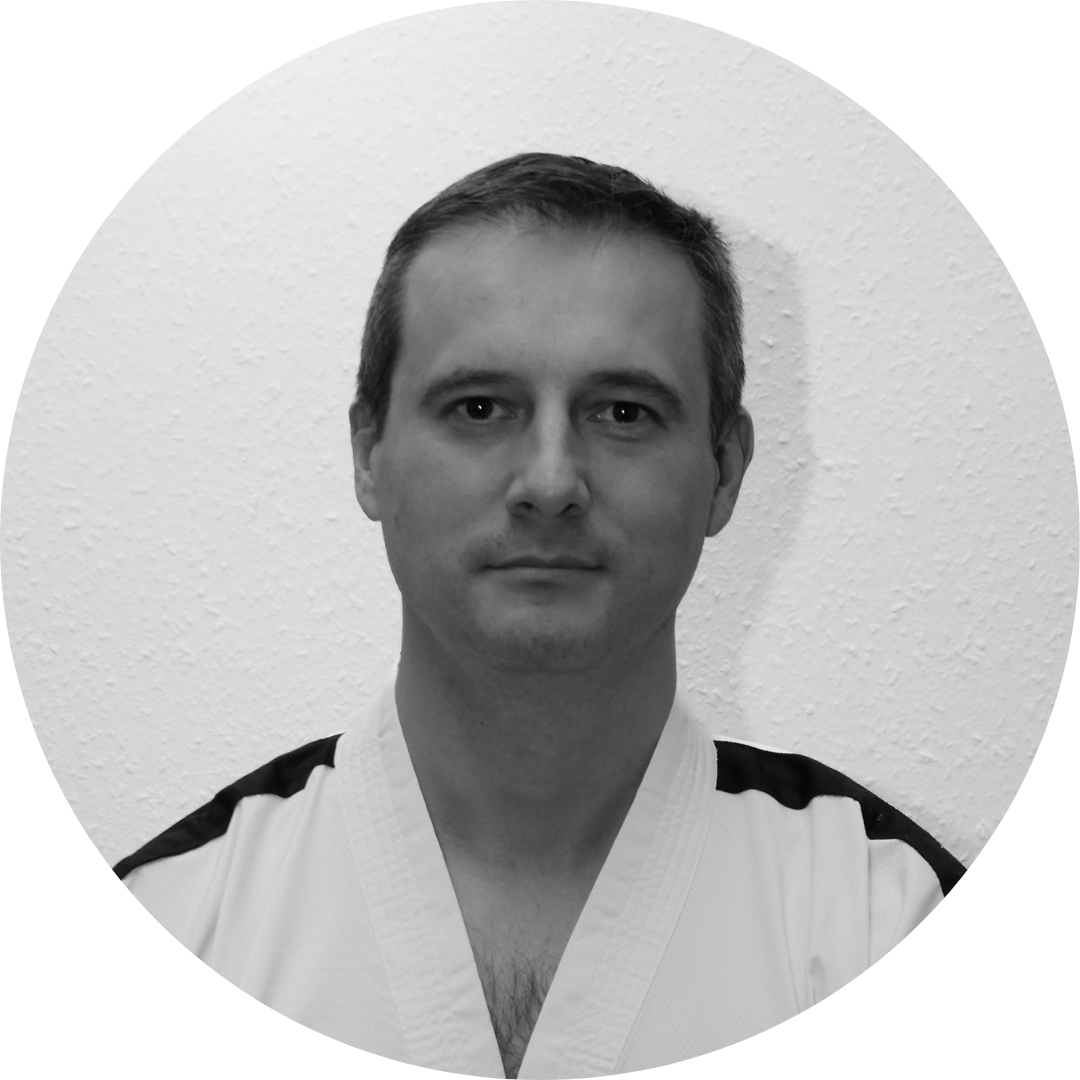The History of Taekwon-do

General Choi, Hong Hi
He was born on November 9th 1918 in the Hwa Dae Myong Chun District of Korea (today Democratic People's Republic of Korea or as commonly referred to: North Korea).
He passed away on June 15th 2002, Pyongyang, Democratic People's Republic of Korea.
At the age of twelve Choi Hong Hi, a small, frail and sickly child was sent by his parents to study Taek Kyon, an ancient Korean martial art relying mainly on footwork. His elderly teacher was also a master of calligraphy.
The Japanese occupants of Korea banned the practice of martial arts punishable by death, which could thus only be pursued illegally. Choi remained full of resentment against the Japanese throughout his whole life. Nevertheless, similarly to so many young Koreans, the sole path towards accomplishment and success was for Choi to go to Japan and study there. Besides his studies, he practiced karate, for example Shotokan. As a result of hard and fanatic training, it was not long before Choi had obtained the 2nd Dan. From this time on, he taught others, too.
Unlike his cousin Choi Young (the later founder of Kyokushinkai karate under the name of Mas Oyama, the name of his Japanese step parents), who went to Japan at the same time as he did, Choi Hong Hi hated the Japanese and had no intention of turning Japanese. He refused to be conscripted into the Japanese army, for which he was arrested and imprisoned. In order to retain his spiritual and physical health even in prison, he continued training. At first he trained alone, then taught karate to his inmates as well as the prison staff.
Choi Hong Hi had been living in the shadow of death penalty, from which only the end of the war and Japanese capitulation could save him. After the end of the war, Choi Hong Hi became an officer in the newly formed Korean Army in the Republic of Korea (often referred to as South Korea). The ambitious young officer soon organized training in the army, too: at first he trained the soldiers under him, then also American soldiers serving in Korea. Choi Hong Hi was soon promoted to the rank of divisional general. It was during training in the 29th Infantry Division, an elite force within the Korean Army, that Choi Hong Hi elaborated the principles of his own style. The new style, which he named Taekwon-do, did not only have to be modern and militarily effective, but it also had to have Korean origins and was strongly expected to excel Japanese karate. Taekwon-do mainly combined the elements of the ancient Taek Kyon and Shotokan karate. On the Island of Cheju, where the General's infantry division was stationed, a plaque commemorates Choi Hong Hi's activities. Choi later rose to the rank of Chief of Staff of the South Korean Army, and as a two-star general, he was also playing a significant role in the country's government.
He used his influence to unify the various Korean schools of martial arts representing different styles, and to establish an integrated form of Korean national martial art. The majority of these schools (kwan) were civilian schools mostly teaching karate, while Choi's own school, Oh Do Kwan ("School of My Way") was a military establishment. At a conference on April 11th 1955, the new, unified style was accepted, and the name Taekwon-do ("The art of feet andhands") was officially adopted. This day is considered the birthday of Taekwon-do. General Choi was elected President of the newly established Korean Taekwon-do Federation (KTF) in 1959. Later he entered into diplomacy, becoming Korea's ambassador first to Malaysia, then to Vietnam. From this time on, General Choi dedicated his life to the development and spreading of Taekwon-do. Together with his colleagues – Nam Tae Hi and others – he created the 24 patterns of Taekwon-do, and introduced several technical innovations. Through his military connections, General Choi and his students held demonstrations throughout the world, particularly in South-Eastern Asia and the US. As a resultof his unswerving activities, the International Taekwon-do Federation was founded on March 22nd 1966 with 7 founding countries, and General Choi became its first President. Taekwon-do became extremely popular and spread quickly throughout the world.
However in 1972, through a series of military coups, General Choi's political adversaries grasped power in South Korea. They kidnapped the General's children and threatened to kill them unless he returned to Korea. General Choi's answer to his blackmailers, "I choose Taekwon-do over my son" has since become famous. The bluff worked: nobody dared to harm his children and key pupils, who, as a consequence of American pressure, were eventually released. Nevertheless, the above-mentioned famous sentence has since been misinterpreted and constantly brought up against General Choi. Choi Hong Hi himself was then forced into exile to escape capital punishment in Korea. Choi Hong Hi, a patriot fighting against Japanese invasion, whose vision and aim was to unite Korea, thus became a target of persecution in his native land.


















